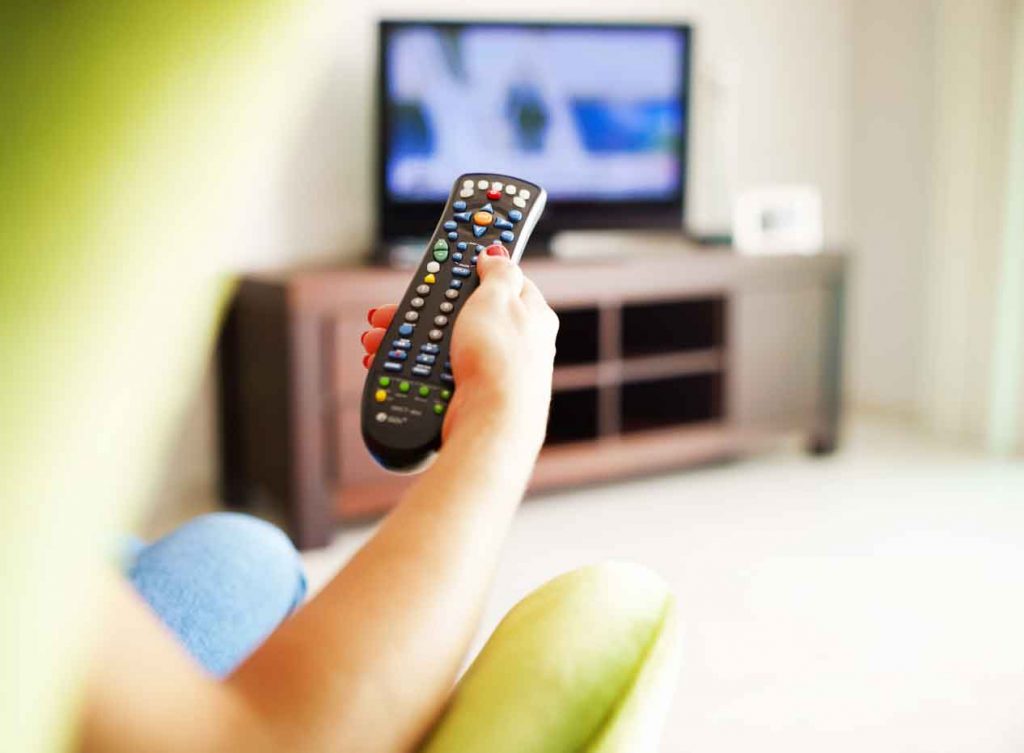Jeanne Barker has been with FFC for over 8 years, and in addition to her extensive fitness background, she also specializes in stress management and other wellness topics. She is excited to contribute her expertise to the Formula content platform, as a series titled Formula for Wellness. Here, in her first post, she explores the concept of digital toxicity and tips to help you consider if you need a break and how to do a digital detox.
At a time when we have an abundance of virtual communication choices, more may not be better.
As what happens so often with progress, the pendulum swings and the not-so-wonderful-aspects begin to show themselves. When it comes to the amount of technology we have in our lives, the backlash is real.
Digital toxicity is the term used to categorize a set of behaviors that include:
- Compulsively checking your phone
- Have difficulty completing tasks without checking your devices
- Your device is the first and last thing you look at every day
- You have trouble making it through a meal or in-person conversation without checking a device (1)
The Evolution of Virtual Communication: Didn’t See That Coming

Thinking back, a glimpse into the current issue of digital toxicity probably started when cable companies began to proliferate. We marveled over how many channels we had to choose from. The pop-culture image became a zombie-like person, clicking, clicking, clicking the remote control – mindlessly scrolling through channels. It was coined ‘channel surfing’.
Then came gaming. There was a time when gaming was a childhood activity, however the evolution and sophistication of gaming quickly made it a mainstay into adulthood. Now, at least 20% of the population continues gaming into their fifties. (2)
Next came the explosion of the Internet and with that, email. Email and Internet access is a near necessity in almost any setting. We rely on the eye in the sky for everything from our GPS system to our nanny cams. There are 300 million cellphones in use in the U.S. and available on them, a myriad of apps. The top communication apps being Facebook, Instagram, YouTube, Twitter.
Our Brains Can’t Process Everything Coming at Us
Why be concerned with how much time is spent in the digital world? Because even too much of a good thing is bad for you. Digital overload impacts the health of individuals and groups in different ways. Research has shown that as information input increases, the decision-making capacity in our brain begins to rapidly shut down. At which point, we start to make mistakes and poor choices that can endanger ourselves and others. (3) On average, adults spend over 10 hours a day on devices, teens average 9 hours a day. (4)
Enter Digital Toxicity
A few of the universal negative effects of digital toxicity is its impact on quality sleep, isolation, loneliness and anxiety. Each segment of our society exhibits digital toxicity in different ways.
- Kids – a number of troubling studies connect delayed cognitive development in kids with extended exposure to electronic media. (5)
- Young adults – screen time replaces other healthier activities creating a more sedentary life. Anxiety is on the rise in young adults, digital toxicity is a major contributor.
- Adults – with the advent of the continual news cycle, adults rarely get a break from sensational headlines. Texting while driving impacts the safety of everyone.
- Families – the pull of technology reduces the quality time families spend together.
- Work life – being available 24/7 is testing the practice of healthy boundaries.
Related: how to find work/life balance (at least, work on a plan toward it) and check out this post!
The next five posts of this series, Formula for Wellness, will delve into the impact of digital toxicity in each of these groups. I’ll share the latest research and give tips on how to navigate the bombardment of information coming at us every minute of the day. Until our next chat, consider a digital detox to get the ball rolling on taming the digital hold on your life.

How to Do a Digital Detox
Conduct a self-audit.
Digital toxicity is not just an issue in the United States. The World Health Organization just recently added gaming addiction to their International Classification of Diseases resource. (6)
While very few people will become addicted to digital devices, it is important to have healthy boundaries on digital activity. As with any habit, a healthy balance in accordance to your other values is a must. The telltale sign that you should examine a habit is when you are participating in it to the point where you are excluding other daily activities. Conduct a self-audit. Take an honest inventory of how much time you spend on virtual activities. Consider if that is a healthy placement of your time in looking at your whole health. More on this to come in the next post.
Have the conversation – put digital use in its place.
- Discuss the value you place on digital and non-digital interactions with others in your life (your circle).
- Ask for their support on your choice of when and when not to use digital technology.
- Challenge your circle to scale back on digital technology use.
- Value the times technology is a great resource to have; savor the times when it is not.
- Check back with your circle in a week and compare experiences.
- Enjoy the journey. Don’t be surprised by needing to get re-familiar with quiet or stillness when weaning away from constant digital access.
Post written by FFC Group Fitness Instructor, Pilates Instructor and Personal Trainer Jeanne Barker.
About Jeanne

Jeanne Barker, known as The Chicago Wellness Lady, is a subject matter expert in the field of wellness. She specializes in stress management and resiliency for individuals and organizations. Her mission is to bring the wellness vision of her clients to reality. She can be reached at jbarker@ffc.com.
Resources:
- The Power of Off by Nancy Colier
- Digital Toxicity, Digital Dementia and Mindfulness
- Harvard Health Publishing
References: (1) Adventist Health, (2) www.statista.com, (3) Center for Neural Decision Making at Temple University, (4) Adventist Health, (5) Psychology Today, (6) https://www.who.int/features/qa/gaming-disorder/en/